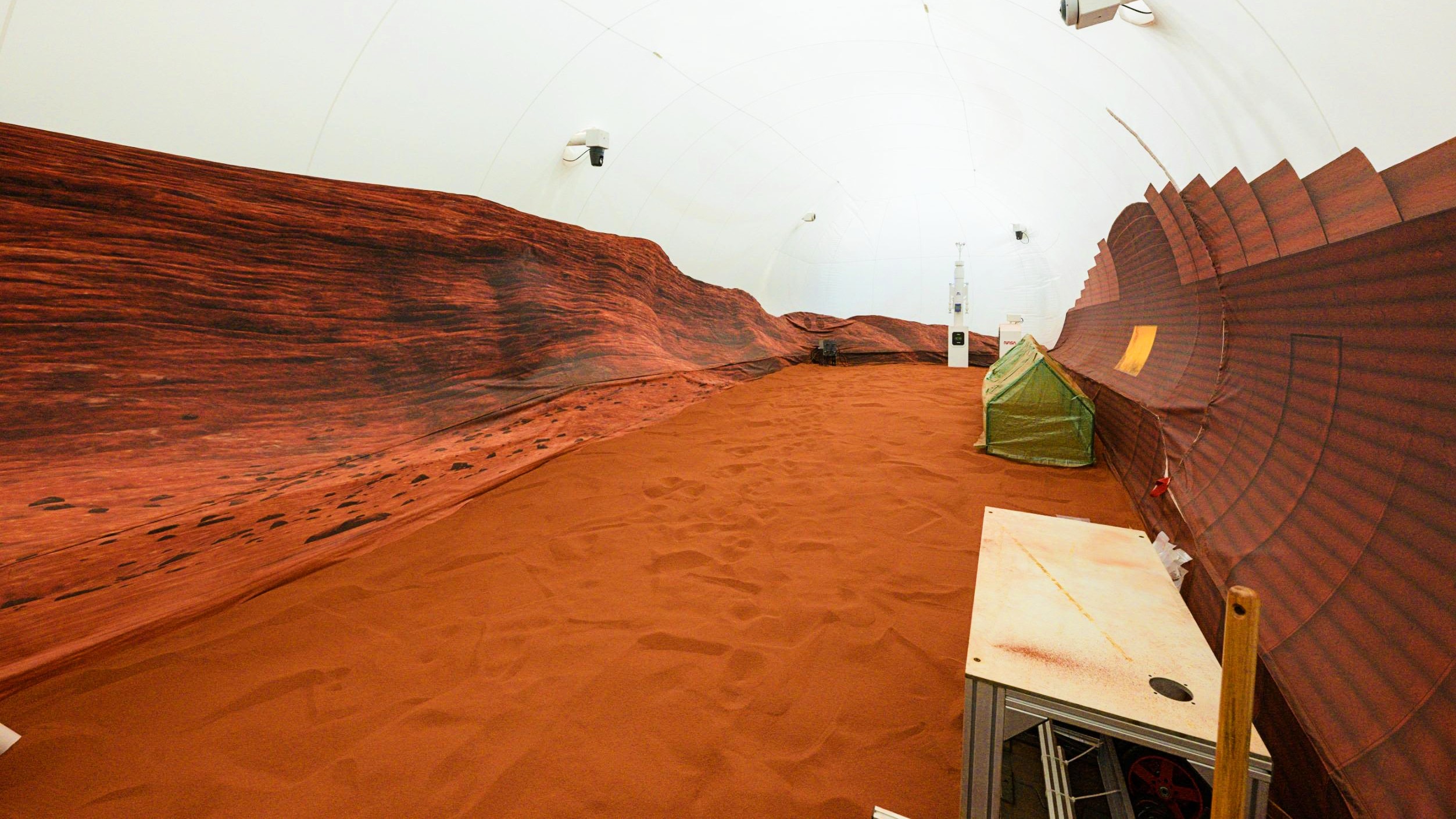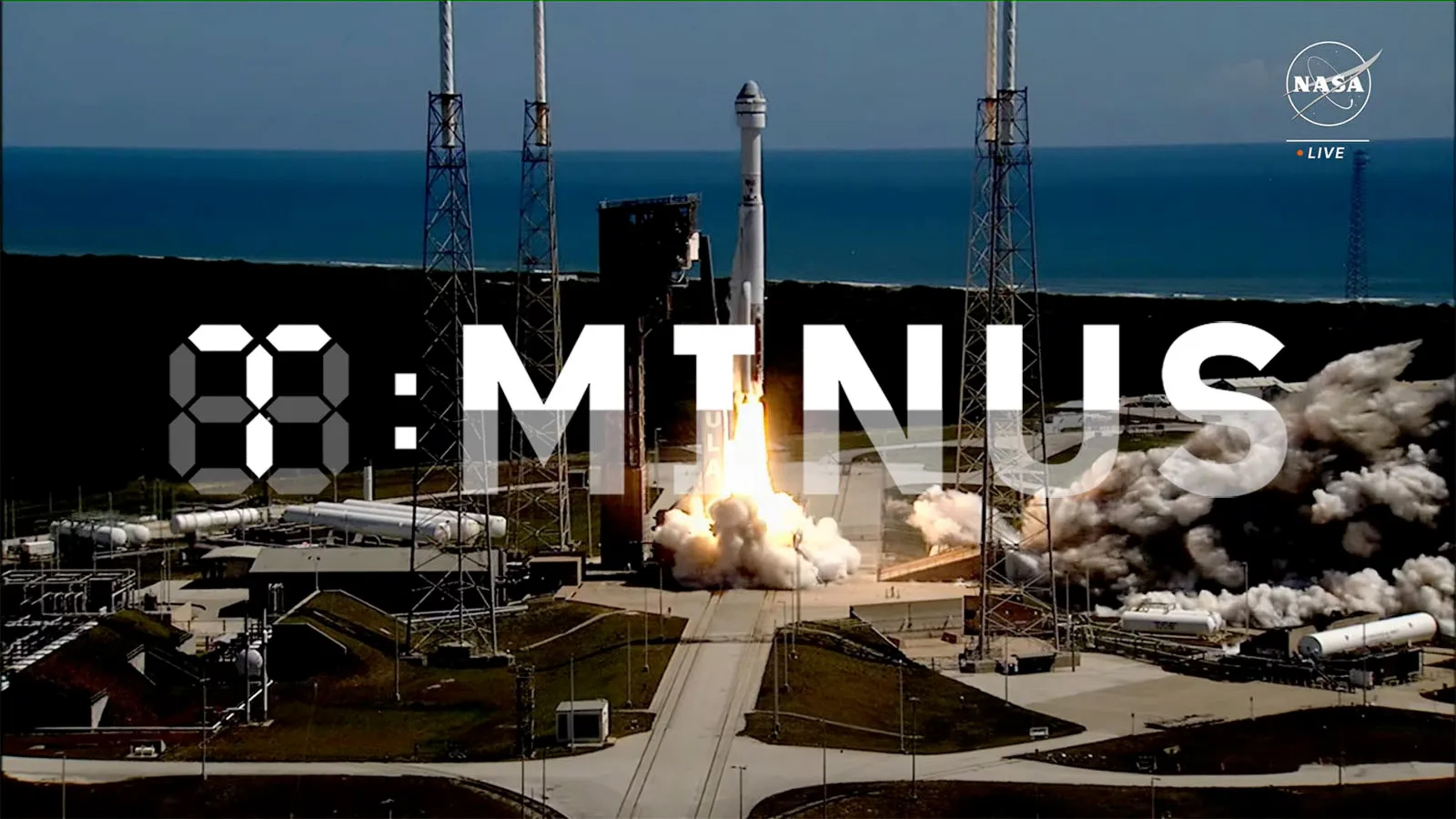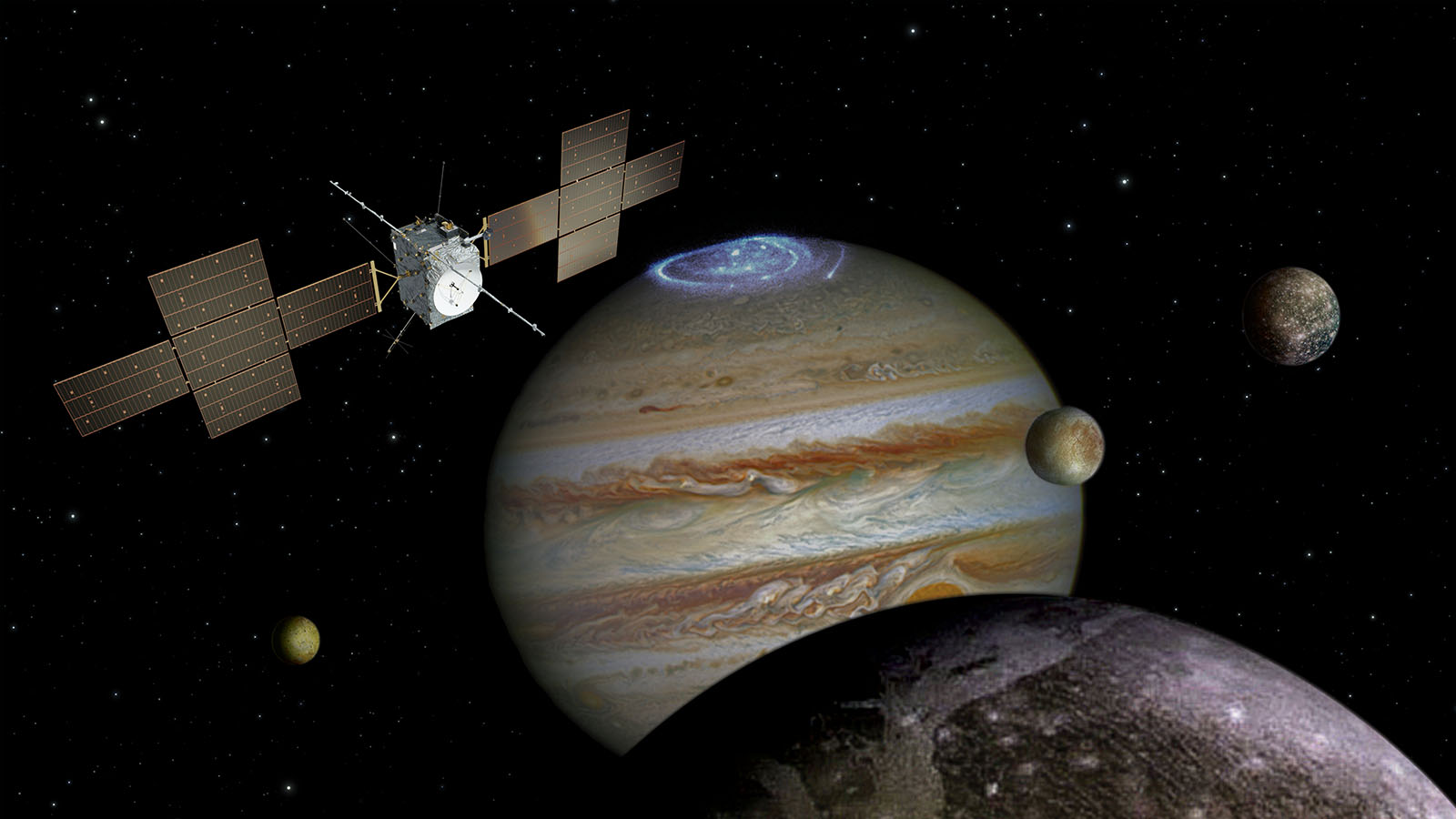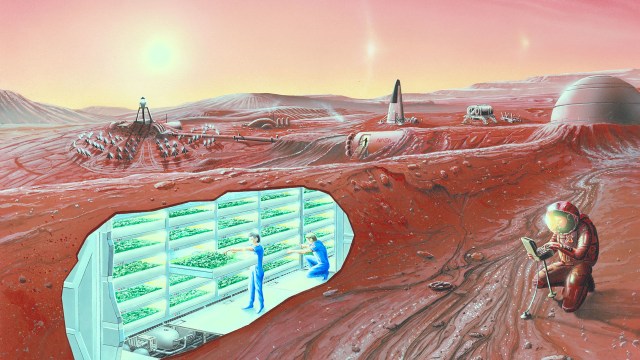NASA’s InSight successfully lands on Mars

NASA
- The unmanned spacecraft touched down on Mars without problems shortly before 3 p.m. ET on Monday.
- It was a precarious landing that NASA engineers had described as “seven minutes of terror.”
- InSight will study the interior of Mars, and could help scientists discover the presence of liquid water on the red planet.
NASA’s InSight—a robotic lander designed to study the interior of rocky planets—successfully landed on Mars Monday afternoon, marking the agency’s eighth successful deployment of a spacecraft on the red planet.
It was a precarious landing process that NASA engineers predicted would be “seven minutes of terror.”
“This vehicle is very, very complicated,” Rob Grover, InSight’s entry, descent and landing (EDL) lead, during a NASA live stream on Monday. “It uses 12 engines, each of those engines are pulsed 10 times a second, producing these little tiny impulses, almost like little bullets that keep the vehicle going at a constant velocity as it approaches the ground.”
Grover said the agency had to rely on an algorithm to guide the unmanned lander to the surface.
“We can’t joystick the landing, so we have to rely on the commands we pre-program into the spacecraft. We’ve spent years testing our plans, learning from other Mars landings and studying all the conditions Mars can throw at us,” Grover said in a recent statement.
The practice paid off. A few minutes before 3 p.m., the mission control room erupted in cheers as “touchdown confirmed!” played over the speakers.
“This is what we really hoped and imagined in our mind’s eye,” Grover said, adding that engineers still have to check the data to confirm how smoothly the landing really was.
After making the 300-million-mile voyage from Earth, InSight landed at a site called Elysium Planitia, a flat plain on Mars’s equator about 370 miles from where Curiosity touched down in August 2012. The mission, led by NASA’s Jet Propulsion Laboratory, aims is to help scientists learn more about the early development of rocky planets, and possibly discover the presence of liquid water on Mars.
“The lander uses cutting edge instruments, to delve deep beneath the surface and seek the fingerprints of the processes that formed the terrestrial planets,” NASA wrote on its website. “It does so by measuring the planet’s “vital signs”: its “pulse” (seismology), “temperature” (heat flow), and “reflexes” (precision tracking).”
InSight was followed to Mars by two tiny experimental satellites, dubbed CubeSats, whose primary purpose was to relay radio transmissions from the lander back to Earth. NASA officials said it would take months before they start obtaining the “best data” from InSight.





